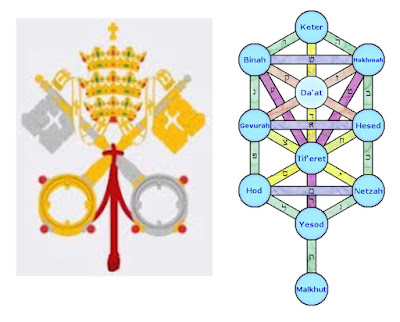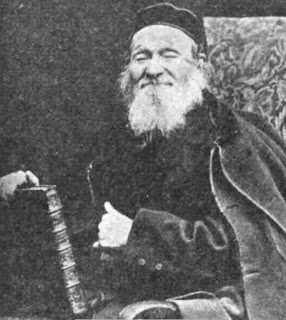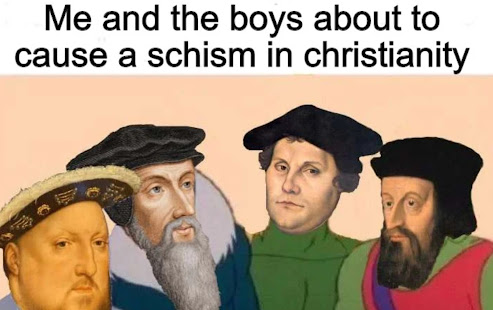Blessed are the Peacemakers (Meshulam, Noahides)
How should one understand the long history of spoken tradition behind the Oral Torah (Mishnah, Talmuds, et al.)? With so much emphasis on Hebrew texts and related languages—Aramaic, Koine (Judeo-Greek), Proto-Arabic (Judeo-Arabic), and others—should the textual paper trail serve as secondary and confirmatory rather than primary?
I believe so. The most revelatory text in this regard is the Septuagint (LXX), produced by Jewish scribes in the 3rd–2nd century BCE. It not only preserves elements of the Oral Torah but was given alongside the Written Torah. Its influence is evident throughout the New Testament, as seen in Jesus’ reading from Isaiah 61 in Luke 4:16. Despite speculative interpretations, the language of the passage tracks with the LXX.
Bart Ehrman, despite his skepticism, concludes that while New Testament texts contain many variations, they do not fundamentally change the meaning. However, his presupposition that Jesus was founding a new religion is flawed. The real issue arose later, as early Christians—both proselytes and “lost sheep” Jews—integrated into new communities. After Constantine outlawed the Bema seat synagogue in 333 CE, the authority of the Pharisees and Eastern synagogues was rejected in favor of a new, Romanized Christianity.
The dispersion of the late 1st century meant that Jewish communities maintained strong interactions with the East. Yet, those who upheld the ancient traditions were later slandered, marginalized, and persecuted by the victors of this newly formed religion. This fragmentation is well-documented by historical scholars, but what do Jewish sources say?
Jesus himself affirms the authority of the Pharisees in Matthew 23: “Obey them, for they sit in the (Bema) seat of Moses. Do as they say, but not as they do.” Paul echoes this sentiment in Acts 15. However, Jesus also rejected the extremism of groups like the Zealots, affirming Caesar’s authority and urging discernment in choosing one’s allegiance.
Paul’s warning in Titus against “fables and the traditions of men” is often misunderstood. He never directly quotes the Enochian corpus, though some of its ideas were known. Ultimately, these texts should be seen as speculative and fantastical—much like a Frank Peretti novel or modern prophetic fiction, akin to C.S. Lewis and Tolkien.
The real deviation from authentic Jewish tradition came with the rise of sectarian groups like the Shammai Pharisees and Sadducees, whose political alignments overshadowed spiritual truth. The same is true today with forms of Judaism that reject the role of Jesus of Nazareth.
For Hebrews from the nations, the purpose of the Oral Torah is to graft into believing Israel—the cultivated olive tree. This faithful remnant has existed even before Abraham, with the Anshei HaShem (Men of the Name). Engaging with Constantinian Christianity, German higher criticism, or modernity is futile if one does not seek out the ancient faith.
Let us not build on the shifting sands of fragmented Christianities that fail to grasp the singular revelation and mission of our Lord. He has visited His people many times and does not change with dispensations. Nor should we marginalize the Pharisaic tradition of Gamaliel, whom Paul followed.
Evangelical Zionist dispensationalism, while professing love for the State of Israel, often misrepresents the faith, while Reformed covenantalism claims the Church is the true Israel. Yet both, in their extremes, assume the right to define Jewish identity for the very people entrusted with the oracles of God. Instead, we must join together to be the righteous ones in this world by properly understanding our authoritative textual history—passed down through the system of oral teaching, with the written text serving as a secondary yet indispensable witness.
For Messianic Hebrews, however, the text is anything but secondary. Inerrancy is not merely textual perfection—it reveals a mathematical miracle, a divine order preserved through ancient orality. This understanding aligns with the long, legitimate tradition of Kabbalah, which, far from being an ethnic exaltation, carries a trail of blood—a witness to the cost of preserving divine truth.















